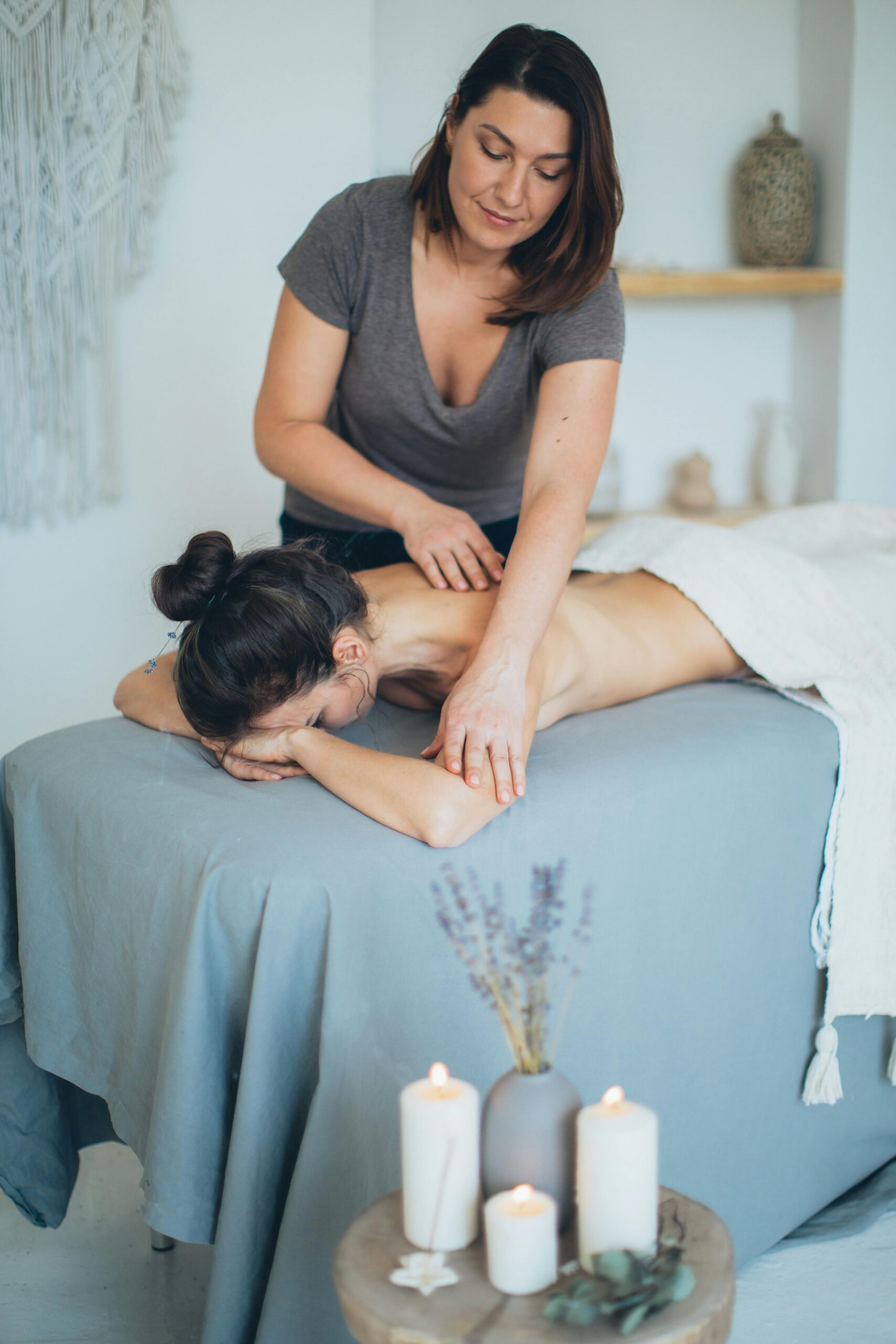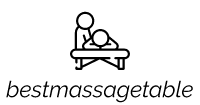What Not To Do During A Massage? Essential Dos and Don’ts During a Massage

When embarking on the soothing journey of a massage, it’s just as important to know what not to do as it is to understand what to embrace. In this article on “What Not To Do During A Massage?” we’ll look at some typical errors that can prevent your session from being as therapeutic and peaceful as it could be. Knowing these common mistakes can make a big difference in your experience, whether you’re new to the spa or a seasoned visitor, making every minute spent on the massage table as productive as possible. Let’s explore the crucial dos and don’ts to ensure that your upcoming massage has a genuinely life-changing effect.
Common Mistakes to Avoid During a Massage
Eating Heavily Before a Massage
One common mistake many make before a massage session is eating a heavy meal. It’s advisable to eat light if you need to eat at all prior to your appointment. A full stomach can cause discomfort and make it harder for you to relax during the session. The process of digestion diverts blood circulation towards the stomach, which can detract from your body’s ability to fully benefit from the massage therapies aimed at improving circulation to other areas. A light snack, such as a piece of fruit or a small yogurt, is sufficient if you’re feeling hungry before your appointment.
Not Communicating with Your Therapist
Effective communication with your massage therapist is crucial for a massage tailored to your needs and comfort level. Many clients hesitate to speak up about the pressure being too strong or too light, or about any discomfort they might be experiencing during their session. It’s important to inform your therapist of any pain or discomfort, as well as any particular areas that need attention or should be avoided. Remember, feedback during the session helps the therapist adjust their technique to better suit your preferences and enhance the therapeutic benefits of your massage.
Ignoring Contraindications
Ignoring contraindications can be a critical oversight when planning for a massage. Contraindications are conditions or factors that serve as reasons to withhold a certain medical treatment due to the harm that it would cause the patient. This includes, but is not limited to, conditions like severe inflammation, infections, certain skin conditions, or recent injuries. It’s essential to disclose your complete health history to your therapist before beginning the session. This includes any medical conditions, recent surgeries, or even minor concerns like skin abrasions. By doing so, you ensure not only your safety but also the effectiveness of the massage therapy.
Etiquette Tips for Before, During, and After a Massage
What to Wear
Deciding what to wear to a massage session plays a significant role in your comfort and ease of access for the therapist. The key is to opt for loose, comfortable clothing that can be easily removed or adjusted, depending on the type of massage you’re receiving. For massages that require direct skin contact, such as Swedish or deep tissue, you will typically undress to your level of comfort. Many people choose to undress completely or leave on their underwear. Remember, professional therapists are trained to properly drape sheets to maintain your privacy at all times.
How to Prepare Physically and Mentally
Preparing both physically and mentally before your massage can significantly enhance the experience. Physically, make sure to stay hydrated, avoid alcohol, and take a warm shower to loosen muscles and relax your body. Mentally, try to clear your schedule and mind so that you can be fully present during the session. Practices like deep breathing or a few minutes of meditation prior to starting can help in reducing any anxiety and maximizing relaxation.
Post-massage Practices
After your massage, it’s important to follow a few practices to extend the benefits of your session. Drink plenty of water to help flush out any toxins that have been released during the massage. Avoid heavy meals and alcohol immediately after your session. If possible, schedule some downtime to rest and relax, allowing your body and mind to fully absorb the benefits of the massage. Additionally, listening to soft music or taking a gentle walk can help in maintaining that state of calm and relaxation.
Understanding Massage Techniques and Contraindications
Overview of Different Massage Types
Swedish Massage: Often considered the most common form of massage, Swedish techniques are designed to relax the entire body through long, gliding strokes in the direction of blood returning to the heart. It’s especially beneficial for increasing oxygen levels in the blood and improving circulation and flexibility.
Deep Tissue Massage: This technique focuses on deeper tissue structures of the muscle and fascia, also known as connective tissue. It’s used to treat particular muscular-skeletal disorders and complaints and employs many of the same movements as Swedish massage but with increased pressure.
Sports Massage: Designed specifically for athletes, sports massage is used to prevent injuries, to prepare the body for athletic activity, and to help athletes recover from workouts and injuries. It aims to enhance performance and prolong the sports career of the athlete.
Reflexology: Based on the premise that there are reflex points on the feet, hands, and head linked to every part of the body. By applying pressure to these points, reflexology aims to promote health in the corresponding organs through energetic pathways.
Shiatsu Massage: A form of Japanese bodywork that uses localized finger pressure in a rhythmic sequence on acupuncture meridians. Each point is held for two to eight seconds to improve the flow of energy and help the body regain balance.
What Conditions Should Avoid Certain Massages
Inflammatory Conditions: Individuals with conditions like rheumatoid arthritis, flaring autoimmune disorders, or any other acute inflammation should avoid aggressive massage techniques like deep tissue. Gentle techniques, such as lymphatic drainage, may be more appropriate.
Cardiovascular Conditions: Those with conditions such as severe thrombosis, phlebitis, and hypertension should consult their doctor before receiving massages, especially styles like deep tissue that affect circulation patterns.
Skin Conditions: People with burns, healing wounds, or severe eczema or psoriasis should avoid massages to affected areas to prevent exacerbation and discomfort.
Osteoporosis: Individuals with severe osteoporosis or who have fracture risks should avoid forceful and deep massages to prevent injury to the bones and joints.
Pregnancy: While many pregnant women benefit from prenatal massage, it is essential to consult a healthcare provider first and ensure the massage therapist is certified in prenatal massage techniques to avoid risk to the mother and baby.
FAQs
What should I avoid doing after a massage? Avoid strenuous activity, heavy meals, and alcohol; instead, stay hydrated and rest to maximize the benefits of your massage.
Is it appropriate to talk during a massage? While essential communication about comfort and pressure is encouraged, general conversation isn’t necessary. Relax and enjoy the tranquility.
How can I identify if a massage technique isn’t suitable for me? If you experience discomfort or pain beyond a mild, manageable level, it may not be the right technique. Always communicate with your therapist to make necessary adjustments.
What indicates a competent massage therapist? A competent therapist will solicit your health history, inquire about your comfort, adjust their technique based on your feedback, and foster a relaxing environment.
Conclusion
To ensure every massage is a truly beneficial and enjoyable experience, it’s crucial to be aware of what not to do. From avoiding heavy meals just before your session to understanding the importance of communicating with your therapist and recognizing any personal health contraindications, there are several guidelines to keep in mind. By steering clear of these common mistakes and taking the right precautions, you can enhance the therapeutic benefits of your massage. Always remember that knowing “What Not To Do During A Massage?” is just as important as knowing what to do.

Thank you for sharing this helpful article! I feel more informed and prepared for my next massage.
I will be sure to share this article with my friends and family who enjoy getting massages.
I appreciate you sharing your knowledge and expertise. I have learned a lot from this article.